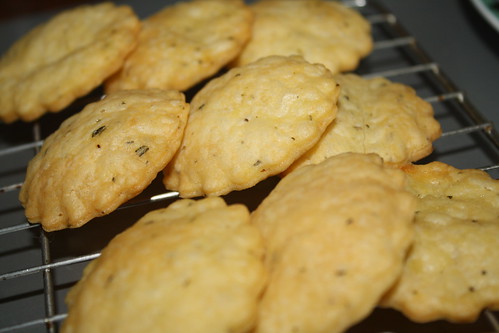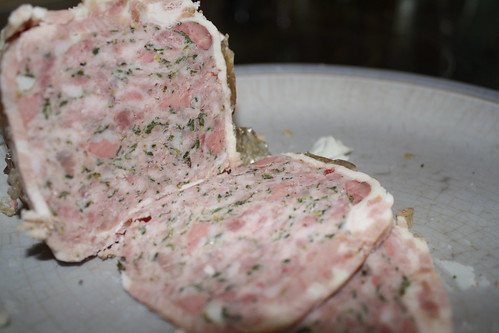 check out that shrinking pastry … don’t let your toddler drive the food processor!
check out that shrinking pastry … don’t let your toddler drive the food processor!
One of my slightly less hip hobbies is entering competitions. I caught the bug while living in the UK and I’d say that it’s rare a day goes by when I don’t enter at least one. It goes without saying that my favourite competitions to enter (and win) are those involving food or cooking.
One of my most recent wins was Australian Women’s Weekly Country Classics, through a Kambrook competition. The Women’s Weekly cookbooks are famous throughout the world and I think everyone (or everyone’s mum or grandma) has at least one of these at home.
I was keen to try it out as soon as possible and, after having a good read through, I settled on quiche lorraine. Now, people can get a bit het up over quiche lorraine because it is one of those foods that has been well loved and well adapted. If you think this version is not quite right please feel free to tell me (and the Women’s Weekly!) what is wrong!
My toddler helped me make the pastry for this and it ended up somewhat overworked (when I came to roll it out it was elastic rather than silky …) and so we had a bit of shrinkage. I used all the bacon and onion mixture but have about 500mL of cream filling left. I’m planning on making a rather luxe omelette with it, and grating through some courgette so I feel healthy …
The pastry was good: short, crumbly and I enjoyed the hint of lemon. The filling was excellent and this is such a storecupboard kind of dish, with a bit of practice it could easily be a mid-week lifesaver.
Overall, the Country Classics cookbook is filled with solid recipes that will stand a novice cook, in particular, in good stead. Quite of the few salad and sandwich ideas I’m looking forward to appropriating and adapting in future and you never know, one day I might even make use of the “camp fire” section …
Ingredients
- Pastry
- 260g plain flour
- 150g cold unsalted butter, cubed
- 1 egg yolk
- 2 tsp lemon juice
- iced water, as required
- Filling
- 1 medium onion, finely chopped
- 200g bacon, finely chopped
- 3 eggs
- 300mL cream
- 125mL milk
- 90g grated cheese (Gruyère is 'traditional' but I used standard tasty cheese)
Instructions
- Make the pastry by combining the butter and flour in a food processor. When crumbly, add the egg yolk and the lemon juice, and then slowly add the water until there is just enough for the mix to come together. Knead lightly, wrap in cling film and refrigerate for ~ ½ hour.
- To make the filling, fry the onions and bacon until the onion starts to turn golden. Drain on kitchen towel.
- In a bowl (or large jug, if you have one) whisk the eggs, and add the milk and cream. Stir through the grated cheese.
- Line a 24cm deep, loose bottomed quiche dish, with the pastry. Bake blind, with baking beans, at 180°C fan (200°C conv) for 10 mins. Remove the beans and bake for another 10 or so minutes until golden.
- Spread the bacon and onion mix over the base. Pour over the cream filling (if you have made the filling in a bowl it is probably worthwhile pouring it into a jug for this!). Do this slowly to give the mix time to spread around, otherwise you'll end up overfilling.
- Bake at 160°C fan (180°C conv) for 30-35 minutes, until golden and set. I personally prefer just set: I think it makes for a creamier end product.
- Stand for 5 minutes in the tin, and then remove. Serve hot or warm with either salad or steamed vegetables.
- Tip 1: place the quiche dish on a baking tray BEFORE blind baking. This makes it much easier to get it in and out of the oven and if your filling does overflow, you only have a tray, not an oven, to clean.
- Tip 2: to remove the quiche from its tin, pop it on a mug as this will allow you to remove the outer ring of the pan easily. Using a fish slice or palette knife, you can then gently manoeuvre it on to a serving plate or cutting board.


